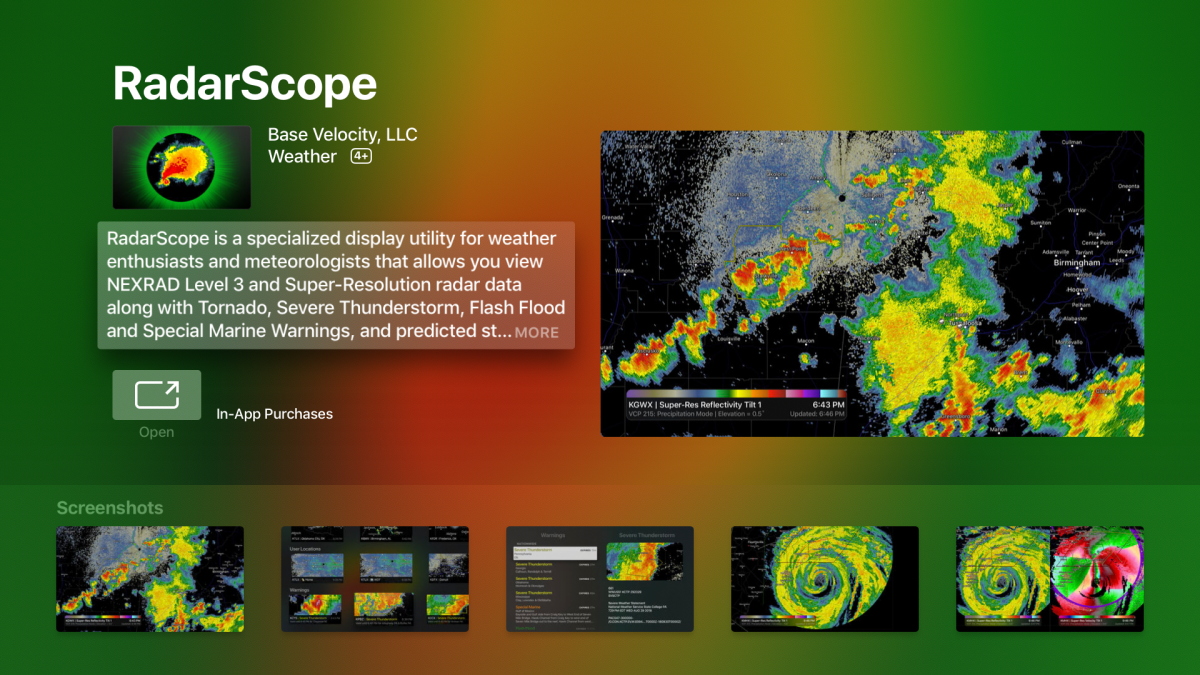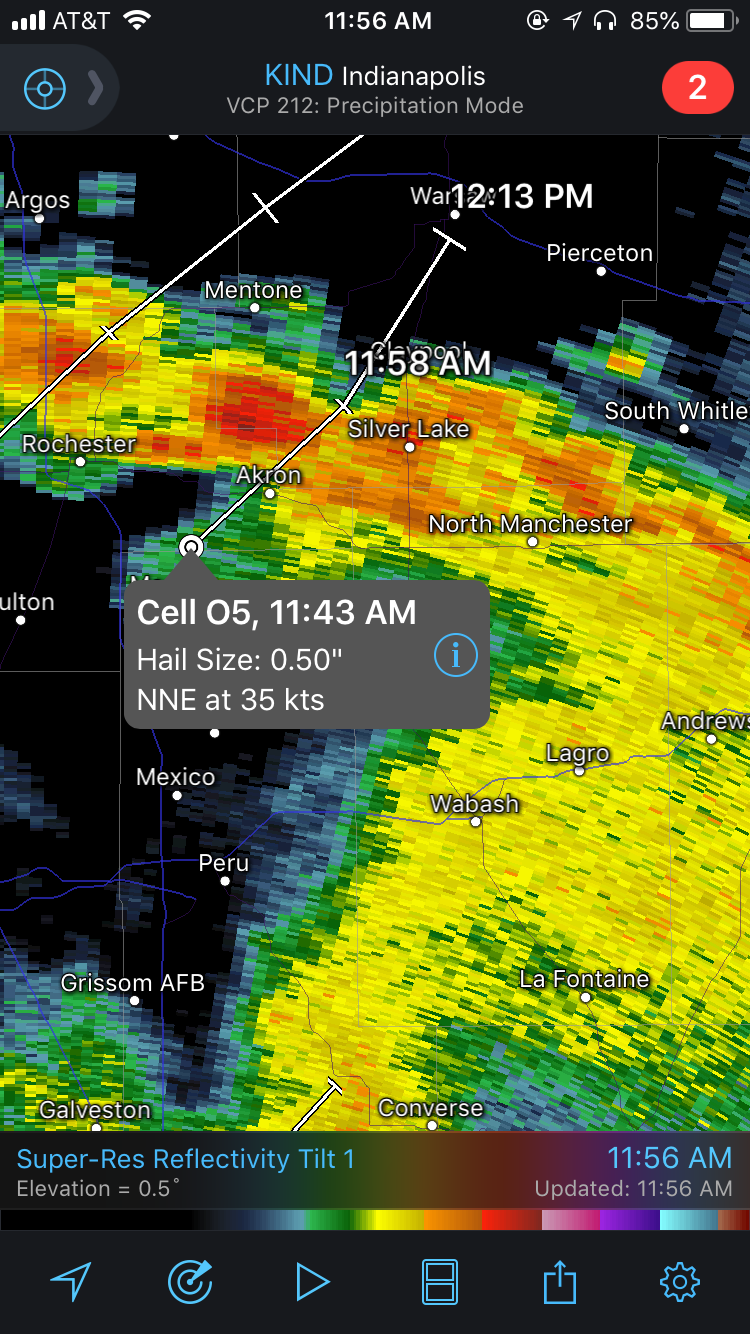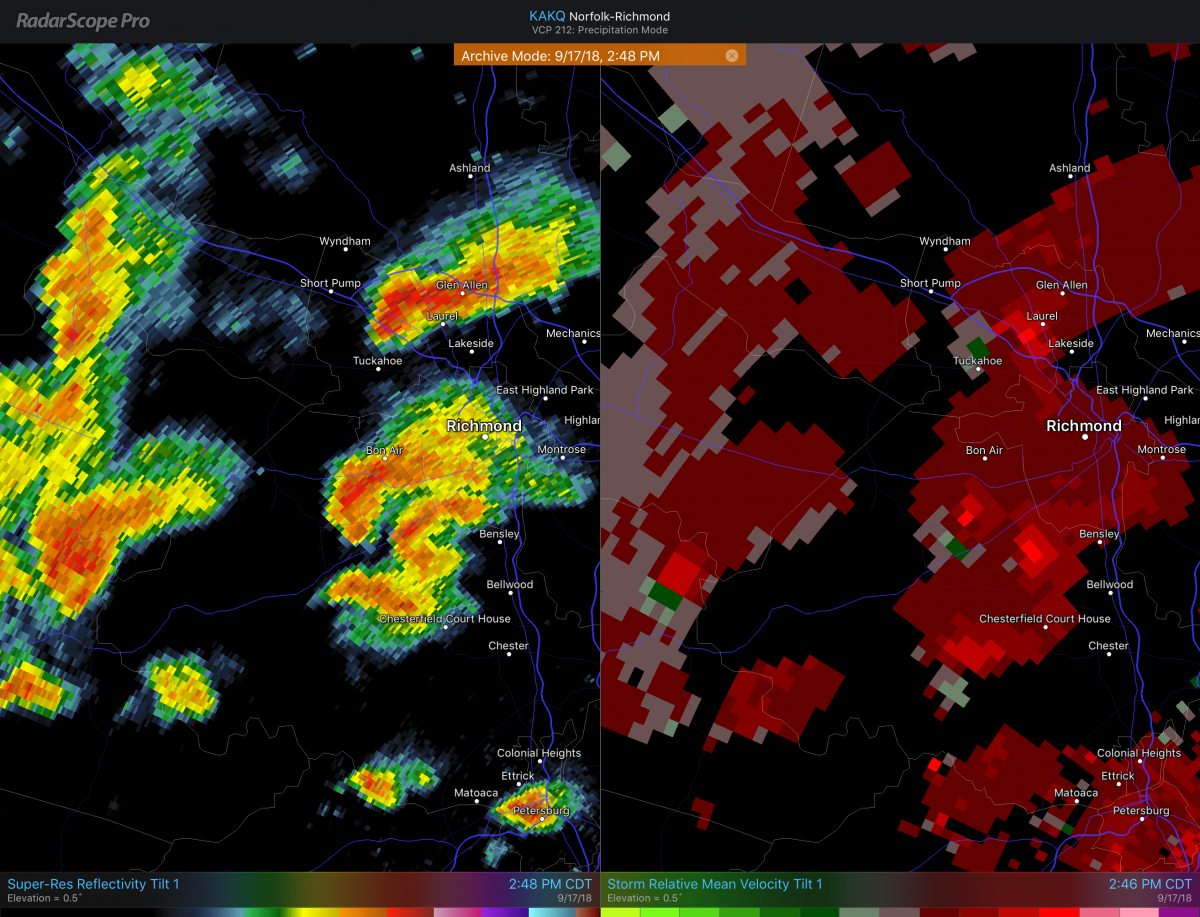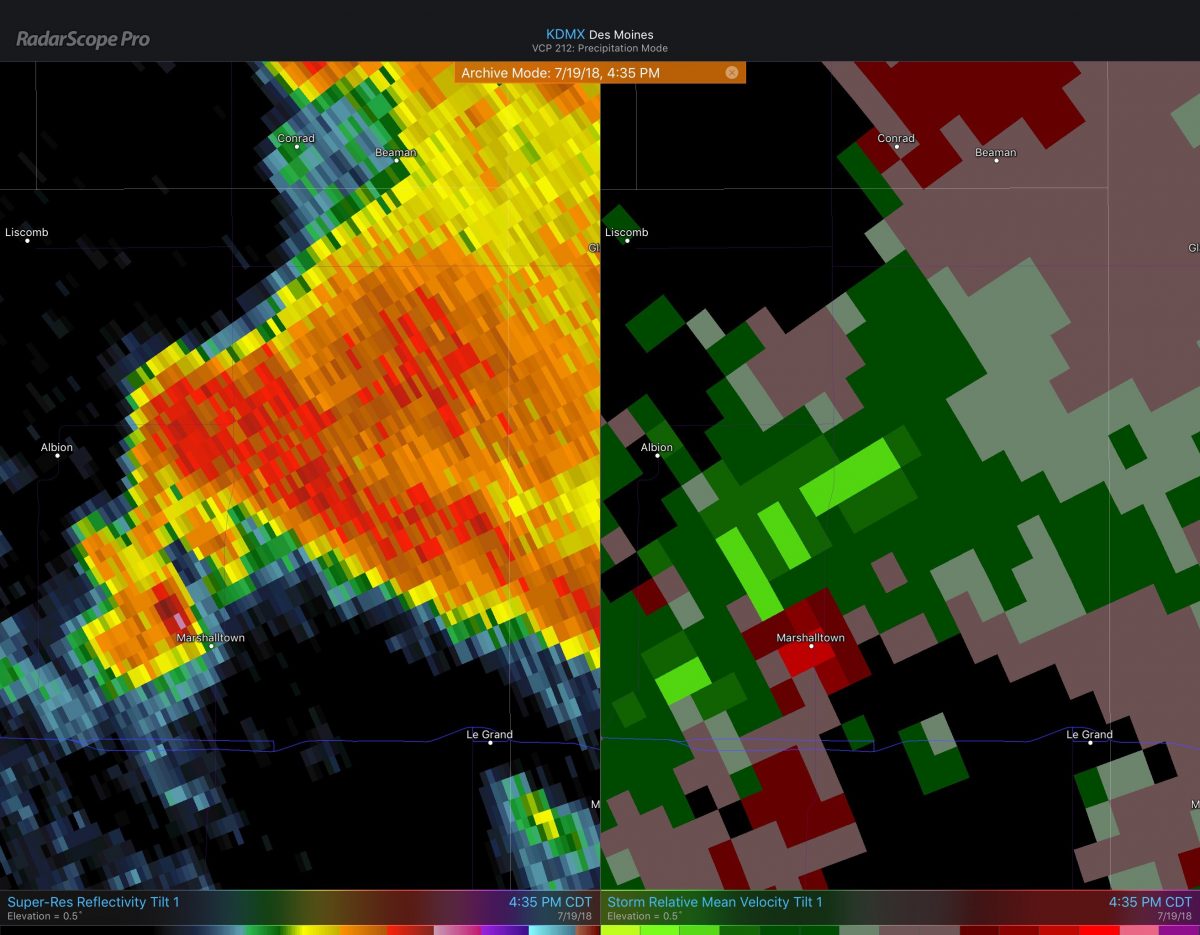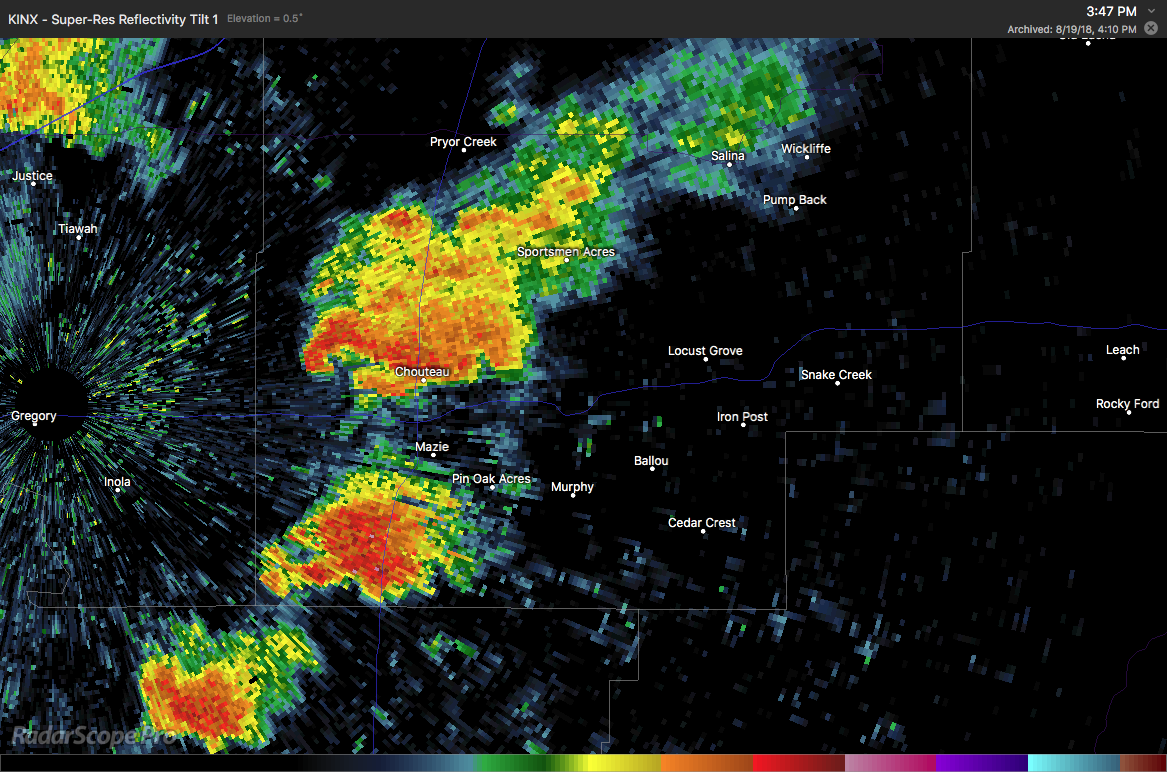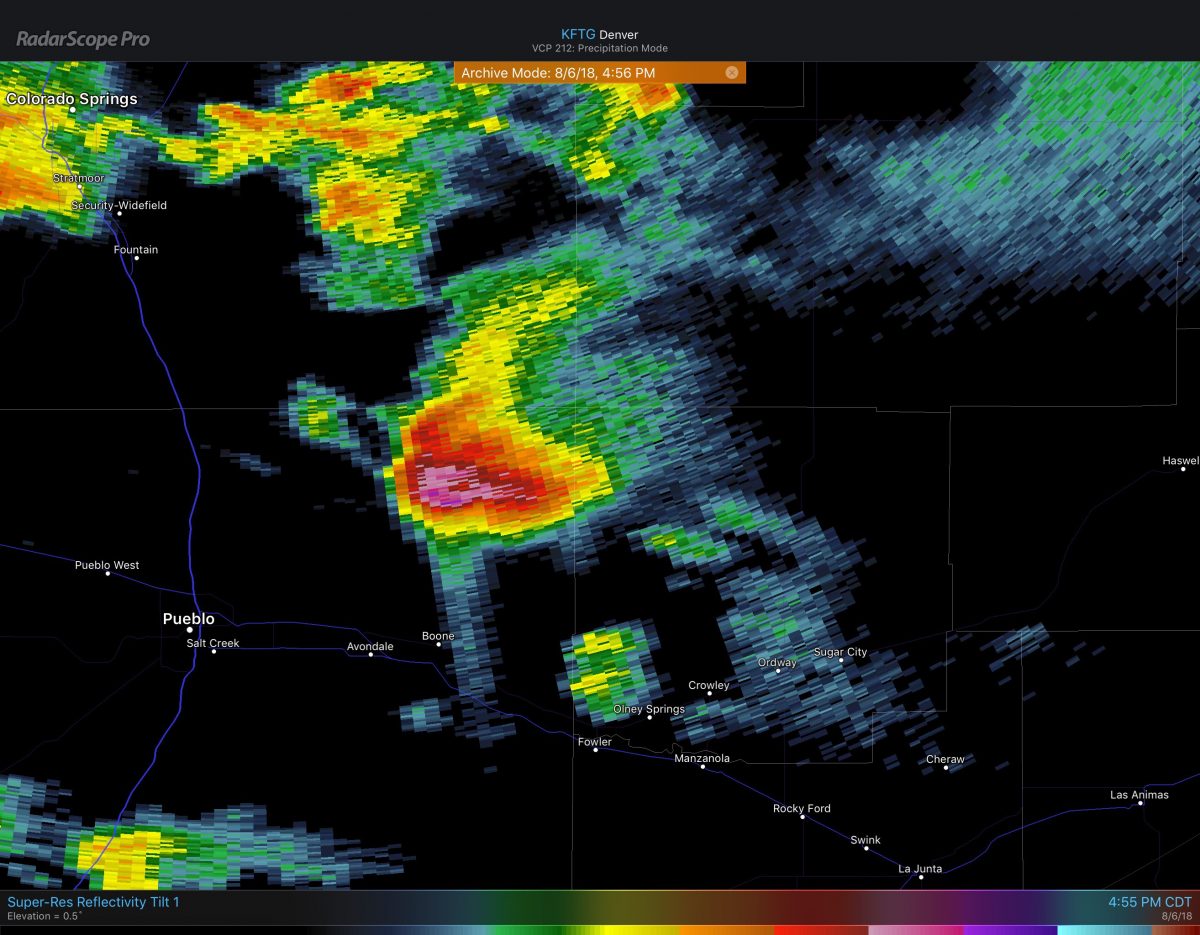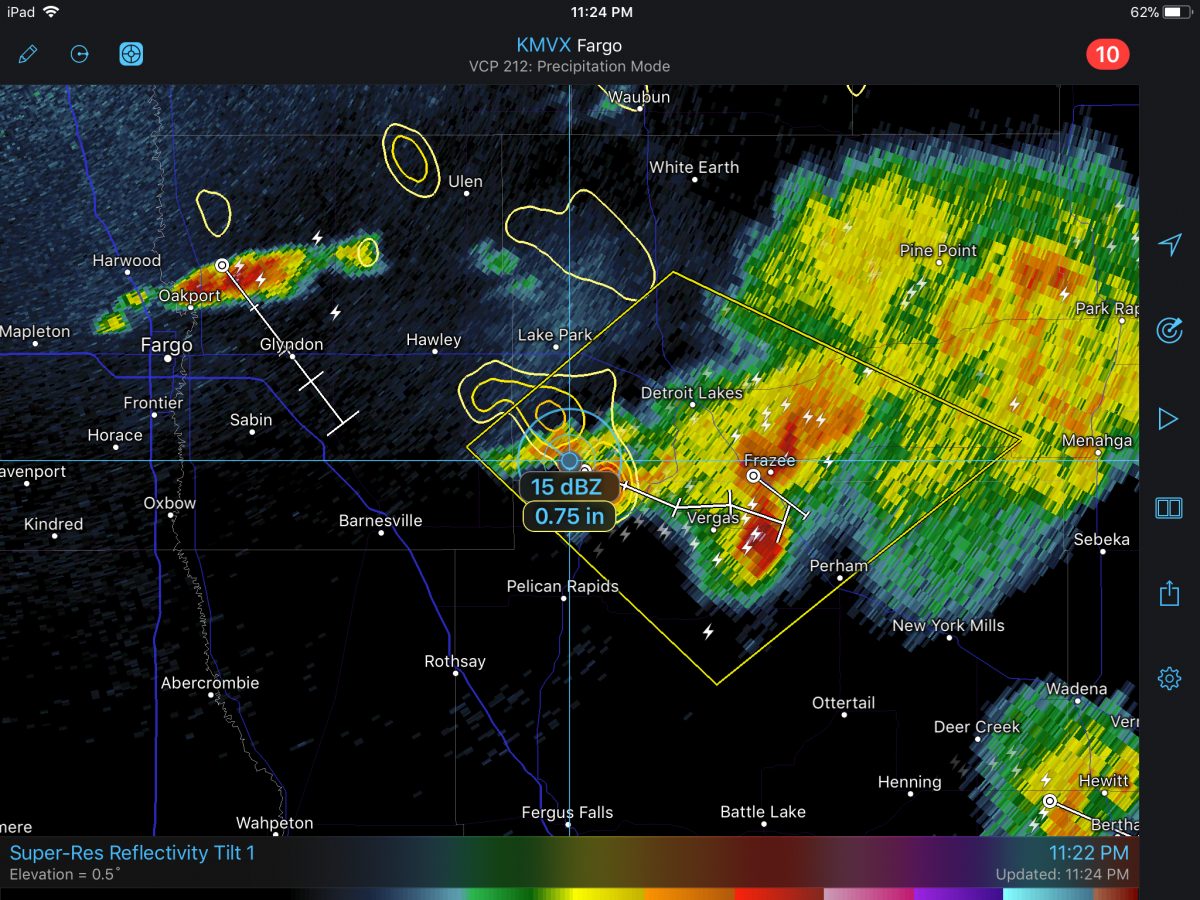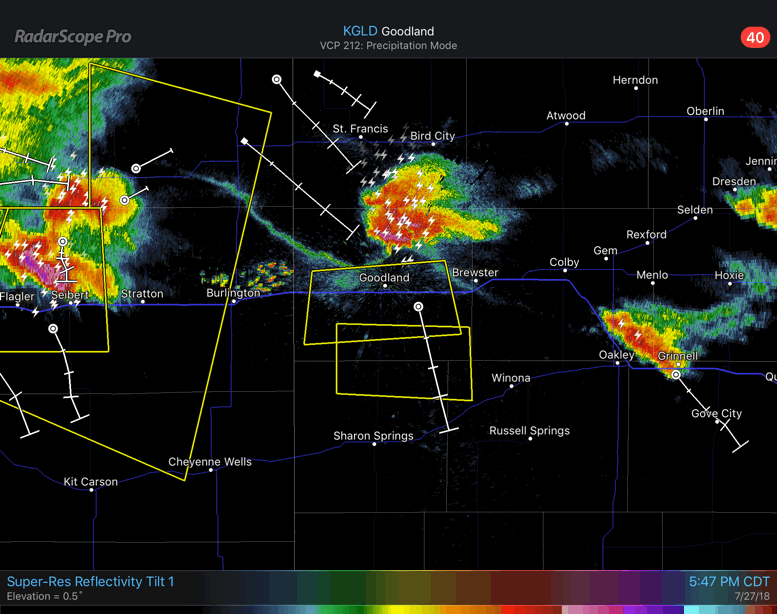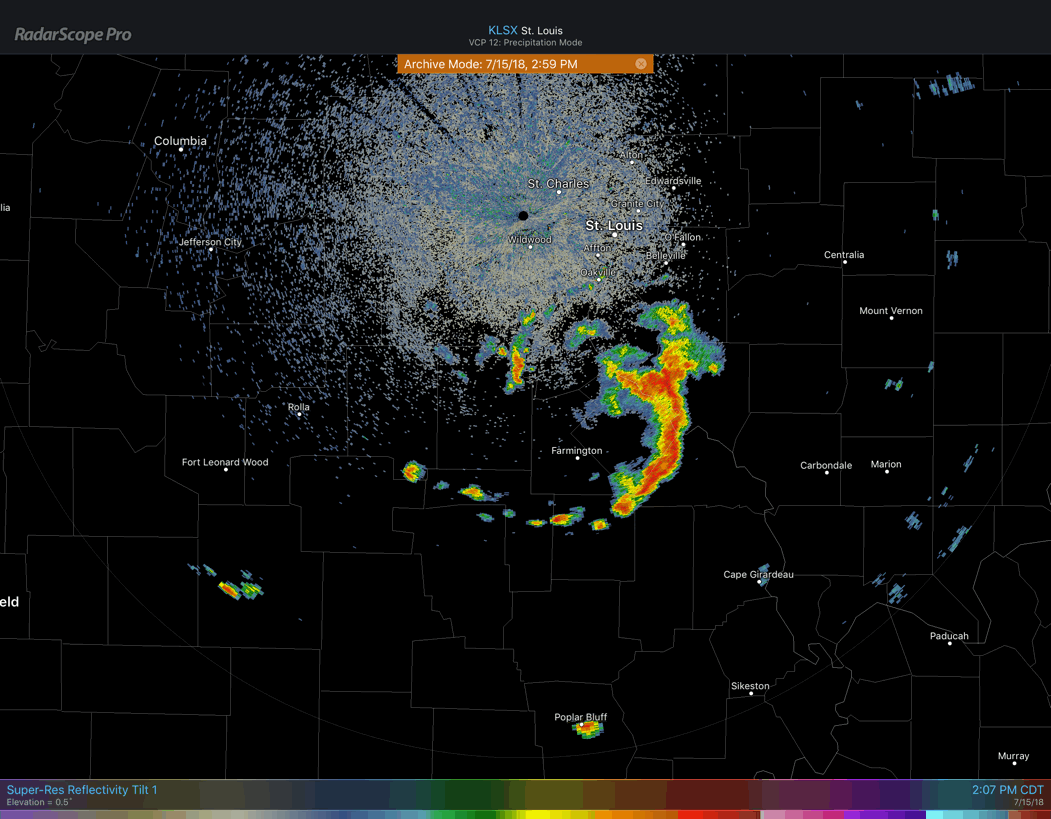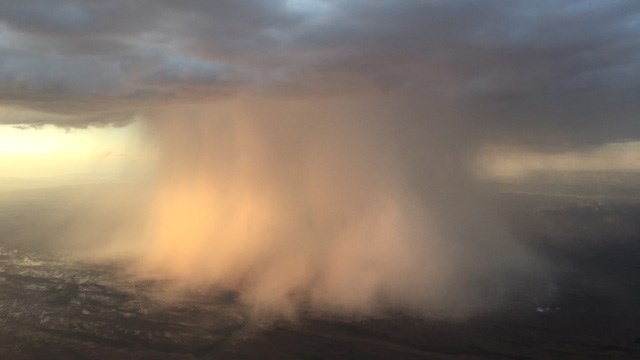We’re pleased to announce the release of RadarScope for Apple TV. We redesigned the app to create an experience that feels at home on tvOS and leverages the platform’s unique UI. It’s available in the App Store today for $9.99, but it’s free for anyone who has already purchased the iOS version.
Introducing RadarScope for Apple TV
